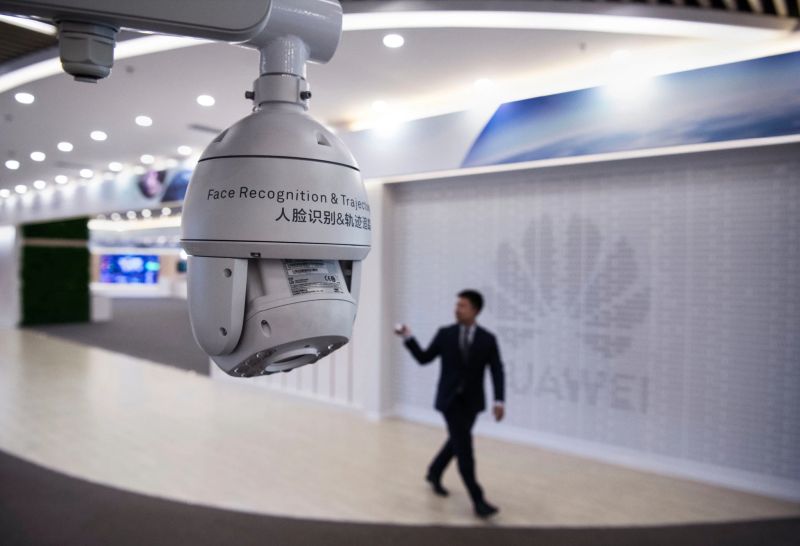According to the report, documents found online – via Google search, surprisingly – detail Huawei’ development of a “Uighur Alarm” software with the help of a Chinese start-up, Megvii, that specialises in the development of facial recognition software. Both IPVM and The Washington Post have also acknowledged the authenticity of these document, stating it isn’t false. As you can imagine, the “Uighur Alarm” works by using artificial intelligence to determine if the person is a member of the Muslim minority group. If and once an individual is identified as a Uighur, the “Uighur Alarm” could then flag them down and alert the police in China, leading them to possibly being detained. After the story was published, a Huawei spokesperson told The Washington Post that the report was just a test and that the technology has yet to see real-world application. Uighurs are a Muslim minority group, located in the Northwestern provinces of China. The ethnic group has long been the subject of extreme repression by the Chinese government. Since 2017, the government has uprooted and placed at least one million Uighurs within what the international media have described as detention camps within the Xinjiang province.
China initially denied the existence of these camps, but after satellite images of the buildings made their way online, it changed its stance and said that they were merely “training camps”. (Source: The Washington Post, IPVM, The Verge)
